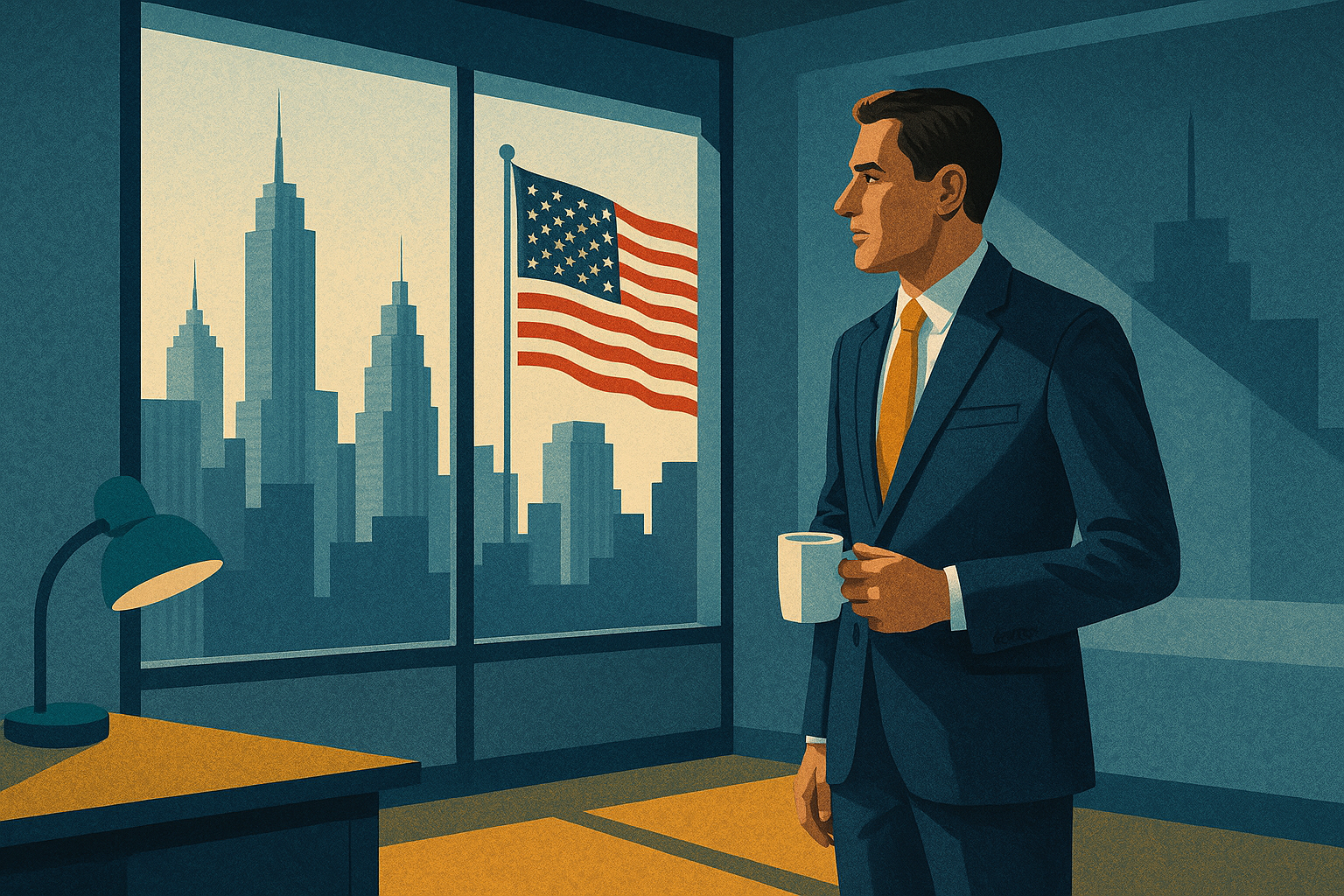The US Supreme Court has agreed to hear an expedited case challenging former President Donald Trump’s sweeping “Liberation Day” tariffs, a decision that could reshape both the scope of executive power and global trade dynamics.
The tariffs, introduced in April 2025 under Executive Order 14257, imposed a 10 per cent baseline levy on nearly all imports, with higher rates for select countries. Trump justified the move by declaring a national emergency and invoking the International Emergency Economic Powers Act (IEEPA).
At issue is whether the IEEPA permits a president to impose tariffs, or whether such authority belongs exclusively to Congress. Lower courts, including the US Court of International Trade and the Federal Circuit, ruled that Trump exceeded his powers. Those rulings were stayed to allow the administration to appeal.
The justices are expected to hear arguments in November, a notably fast-tracked schedule that underscores the case’s national and international significance. If the tariffs are struck down, the federal government may be required to refund businesses an estimated $750 billion to $1 trillion in duties by mid-2026.
The challenge is backed by a coalition of small businesses and 12 Democratic-led states. They argue the tariffs jeopardise their ability to compete and unlawfully bypass Congress’s constitutional power to regulate trade. “Congress, not the President alone, has the power to impose tariffs,” said Jeffrey Schwab, senior counsel at the Liberty Justice Center, which represents some of the plaintiffs.
The case also tests the broader limits of presidential authority under doctrines of separation of powers and non-delegation. Legal scholars note that while past presidents have used the IEEPA to freeze assets or restrict trade with adversaries, applying it to near-universal tariffs is unprecedented.
Markets are watching closely. Some analysts suggest a ruling against Trump could lift equities, as tariff burdens ease and potential refunds inject liquidity into the economy. Others warn that the fiscal strain of reimbursing businesses could destabilise public finances. In the meantime, companies continue paying duties, tracking costs carefully in anticipation of possible repayments.
With six of the nine justices appointed by Republican presidents, including three by Trump himself, the political backdrop looms large. Yet the case is expected to hinge on a narrower reading of statutory authority and constitutional boundaries.
For now, businesses face months of uncertainty as the Supreme Court weighs a ruling that could reshape US trade policy and redefine the balance of power between the White House and Congress.



You must be logged in to post a comment.